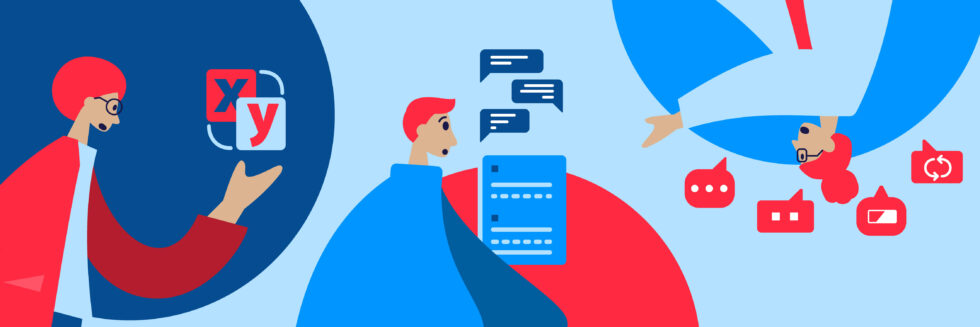Lessons Learned: 3 Takeaways From a Global Hybrid Event Last week, we were privileged to attend and sponsor the Association of Language Companies (ALC)...
read moreINGCO 2021 Tekne Award Finalist
INGCO International Named 2021 Tekne Award Finalist Twin Cities-based INGCO International finalist in digital transformation category Minneapolis, September 22, 2021: The Minnesota Technical Association today...
read moreSeptember’s Interpreter of the Month
My name is Bahja Hassan and I am a Somali interpreter. When people ask me where I am from the first place that comes to...
read moreAUGUST: Interpreter of the Month
My name is Dory Cristina Montenegro, I’m originally from Guatemala and I have lived in Minnesota for 13 years. I studied Political Science at Universidad...
read moreMeet Paula Ianelli: August’s Interpreter of the Month
My name is Paula Ianelli and I actually started my journey as a translator and interpreter because of how curious I am. Contrary to many...
read moreINGCO Earns ISO Certification
INGCO International Earns ISO 17100 Certification INGCO International, a global leader in interpretation and document translation services, announces it received independent certification that it complies...
read moreMeet Tereza Braga: July’s Interpreter of the Month
I was born and raised in Rio de Janeiro and my ancestry is western European. I was fortunate to have parents who had many opportunities...
read moreMeet Steve Babb: June’s Interpreter of the Month
My parents were Deaf, so that makes me a CODA (child of Deaf adults). I’ve been signing longer than I’ve been speaking. When I was...
read moreThe 5 Fastest Growing Languages in U.S. Schools
The United States is diversifying faster than ever, especially among youths. That means K-12 schools, colleges, and universities often need to meet the needs of...
read moreNew Partnership Enables Complex, Global Meetings While Boosting Inclusion
Twin Cities-based INGCO International offers rare “one-stop shop” for global organizations Minneapolis, June 7, 2021: INGCO International, a leading translation and interpreting company, today announced...
read more

